Why The US Only Built One Of This Super Bomber
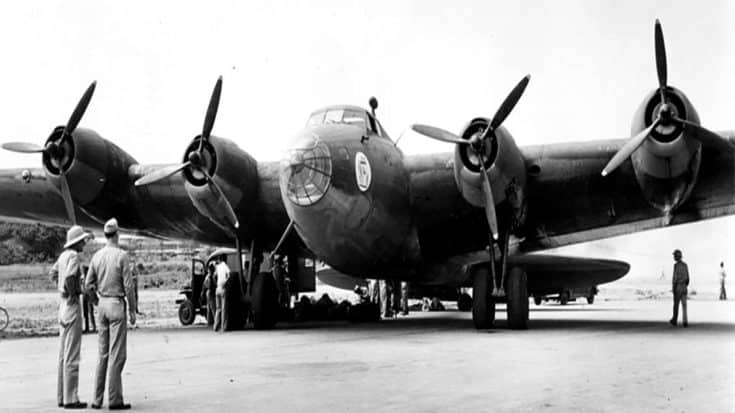
YouTube / Dark Skies
In the early 1930s, there was an unprecedented surge in aviation innovation. This period eventually led to the development of the Boeing XB-15 bomber.
The design principles and innovations of this prototype laid the groundwork for the development of the iconic B-17 Flying Fortress, as well as reshaping the future of air travel.
The XB-15
The XBLR-1 design featured a massive wingspan and multiple engines for extended range that committed to crew comfort on extended missions.
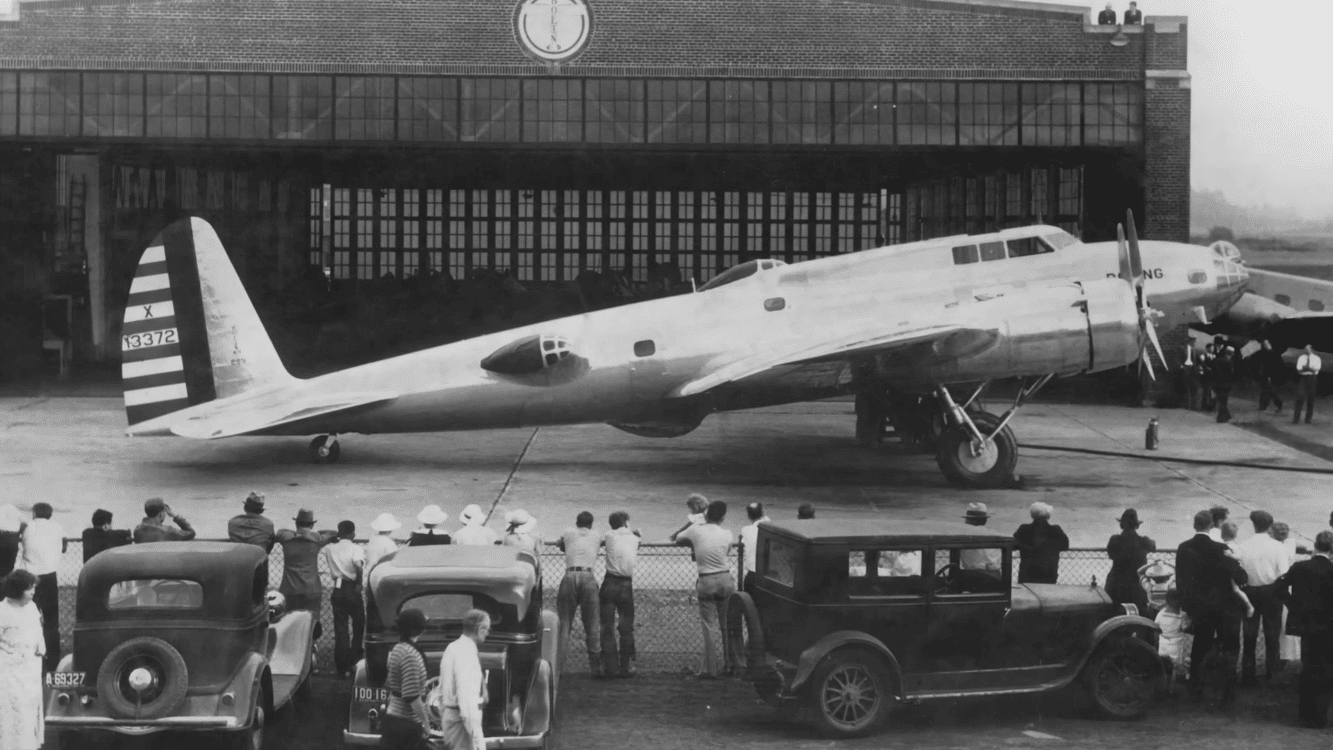
This eventually evolved into the XB-15. Its massive frame and groundbreaking design brought the world of aviation into a new era of strategic bombing capabilities.
A Colossal Aircraft
The 1930s bomber aesthetic showed itself in the circular fuselage cross-sections, expansive wings, tail-wheel stance, as well as Plexiglass-glazed blisters that hold hand-held machine guns.
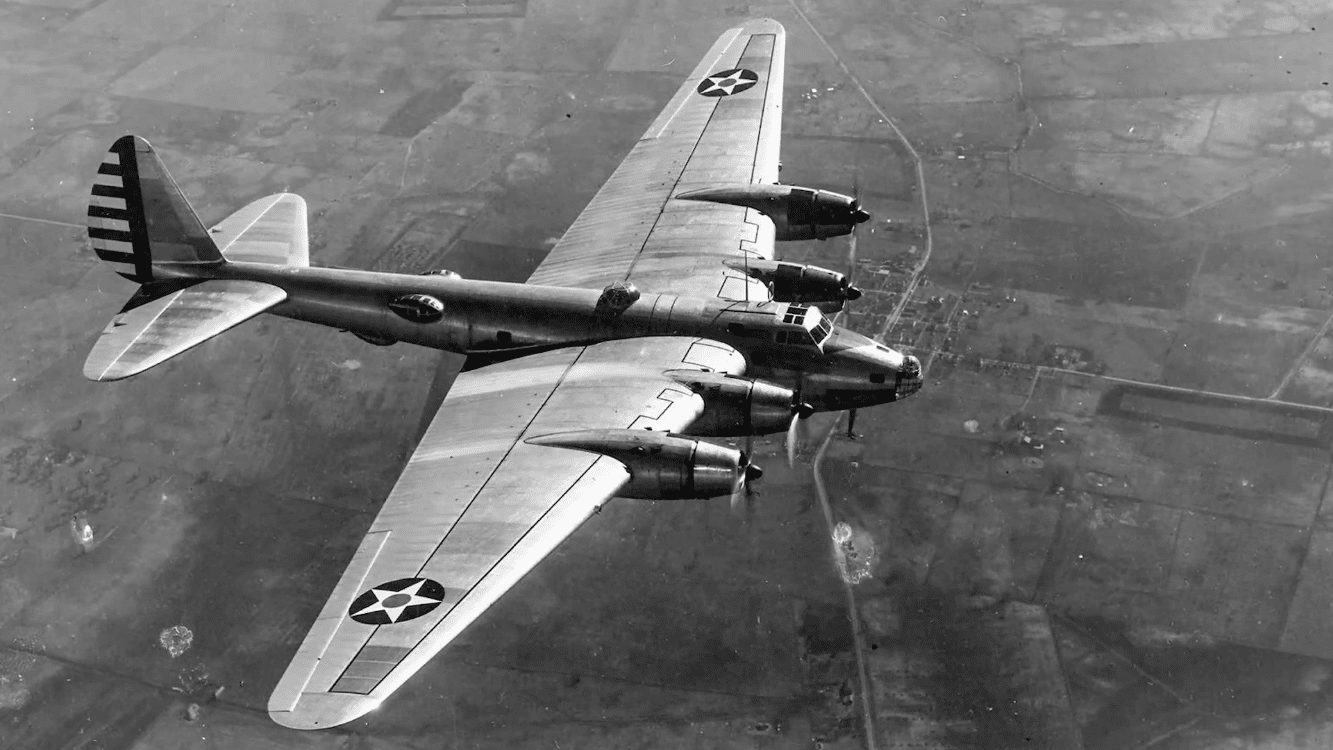
Its wingspan stretches up to 149 feet, earning its place as one of the world’s largest during that time. It’s powered by four Pratt & Whitney R-1830 Twin Wasp engines achieving an impressive range exceeding 5,000 miles.
A Harbinger of Innovation
It wasn’t its size, however, that set it apart. It was also a harbinger of innovation. It featured a fully pressurized and spacious fuselage. This technological marvel helped achieve high-altitude flights while ensuring enhanced comfort for its crew.
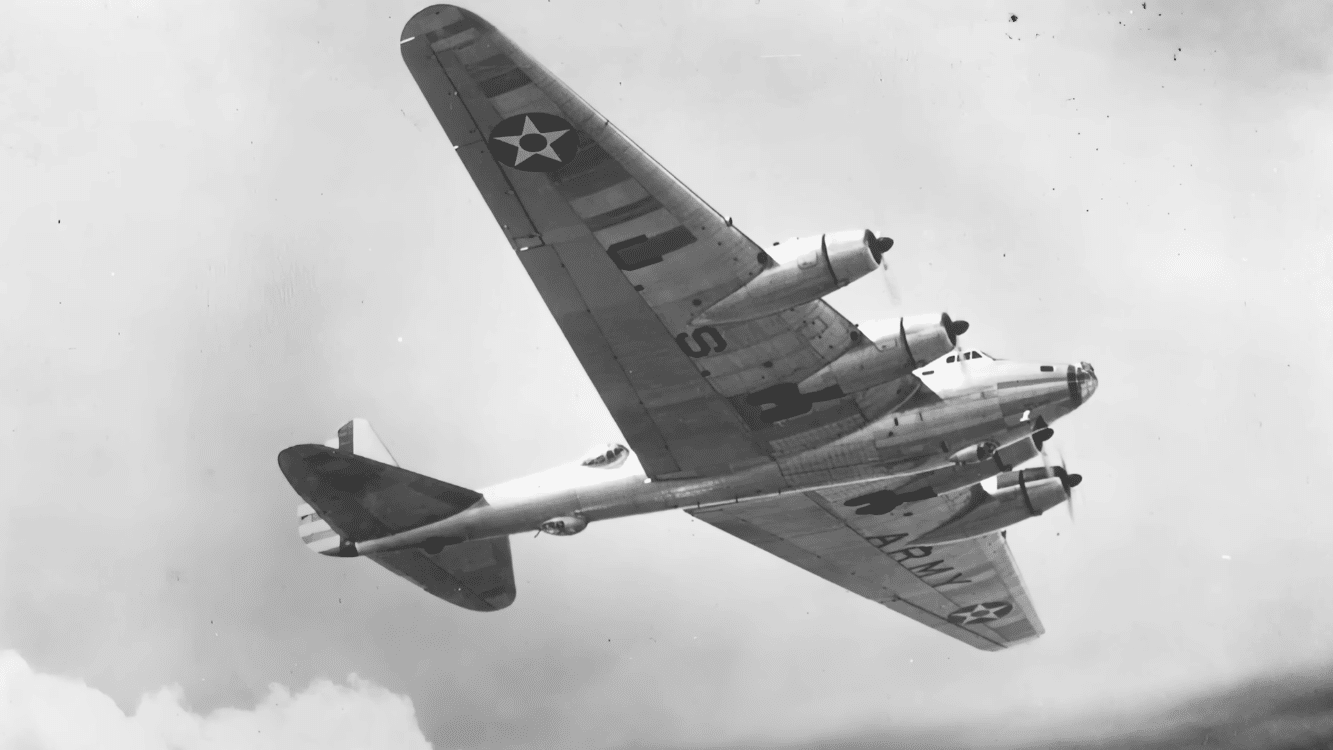
This pressurization technology marked a turning point for the aviation world, leading the way for future advancements for both military and commercial planes.
Drawbacks
Despite its impressive capabilities, it carried the weight, quite literally, of its own bulk. With a length of 87 feet and 7 inches as well as a weight of 37,709 pounds, its silhouette bore the burden of its 35-ton gross weight.
But even though its early promise was initially kept, it had an Achilles heel – it had underpowered engines.

Its engines failed to deliver the speed and performance that was required for a modern bomber.
The plane found itself relegated to the shadows, eclipsed by the success and performance of a more advanced aircraft – the mighty B-17 Flying Fortress.
Redesignation
Only one XB-15 was ever built and during WWII, it was converted into a transport aircraft and was re-designated as the XC-105.
In December 1944, the XC-105, which earned the nickname Grandpappy by then, was retired.
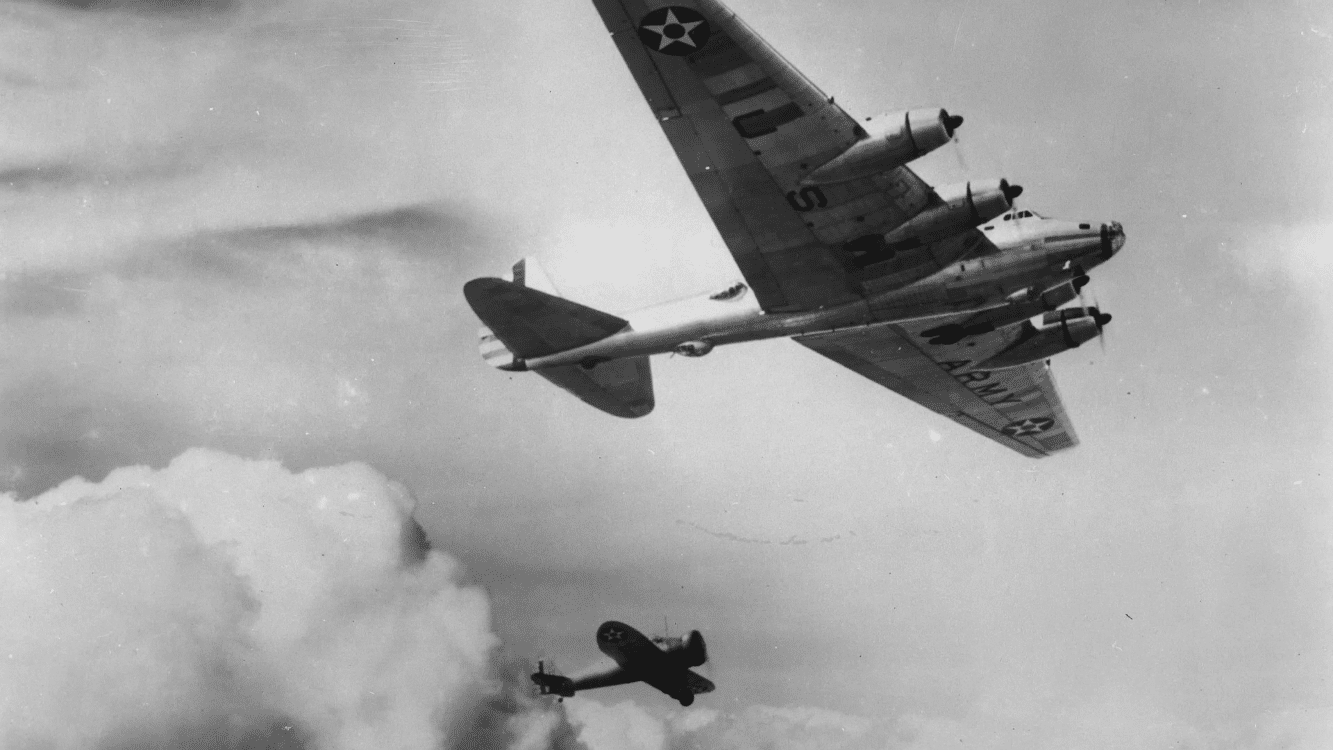
The Grandpappy had 18 months of troop carrier service in the Caribbean, a pretty impressive feat for a lone pre-war plane.
In 1945, however, the plane was eventually scrapped in Panama.




















